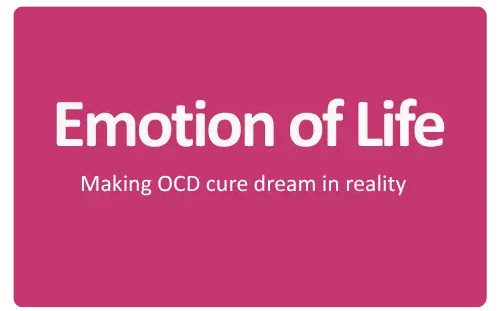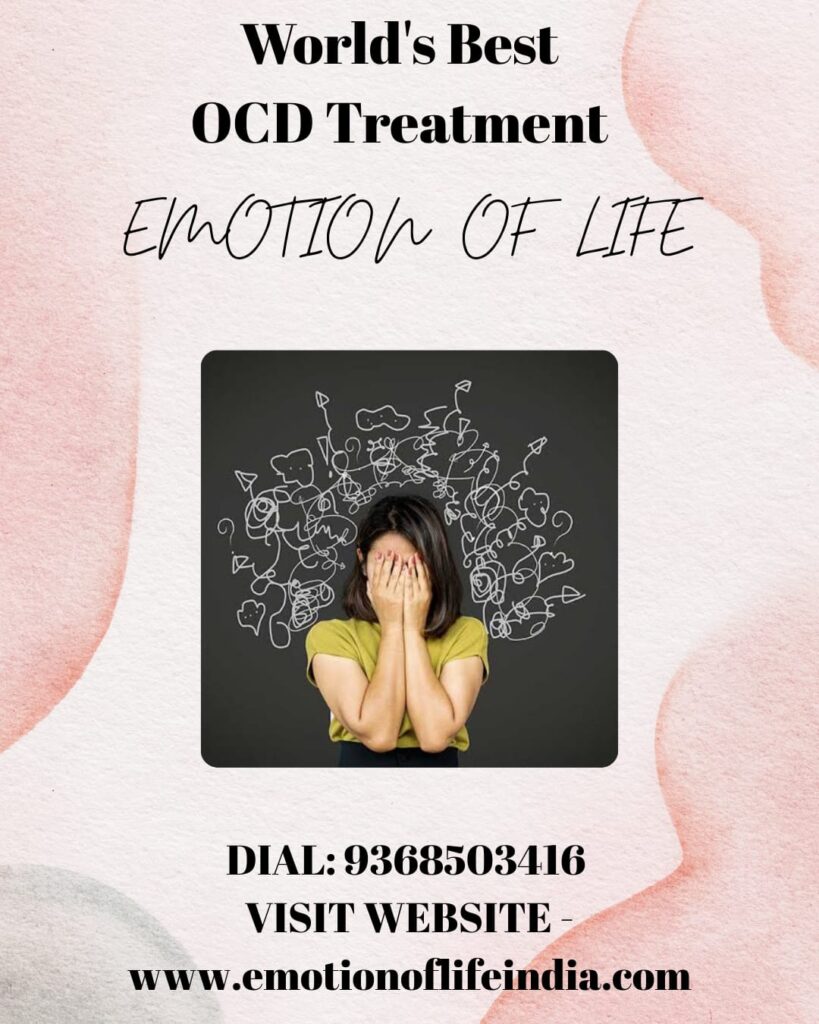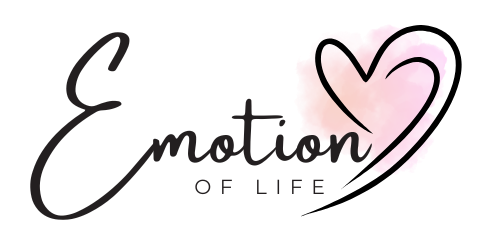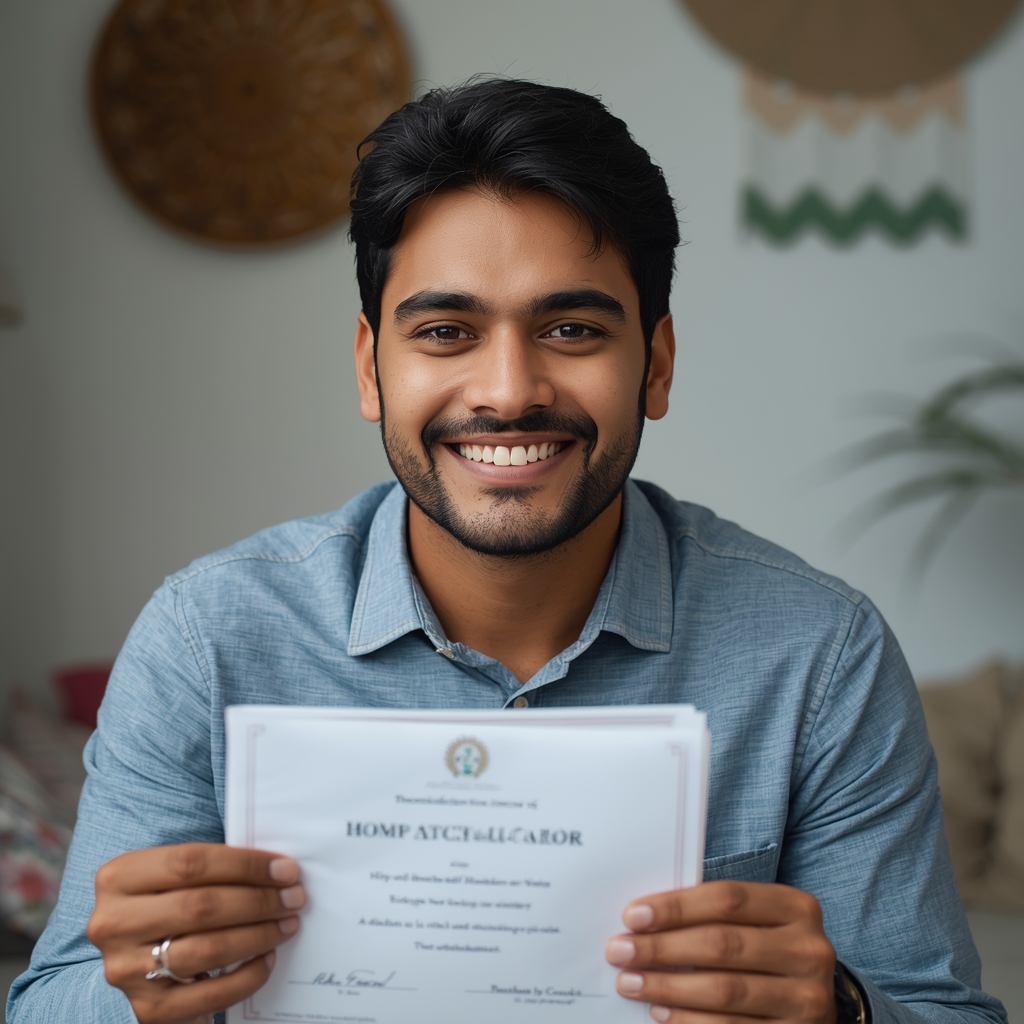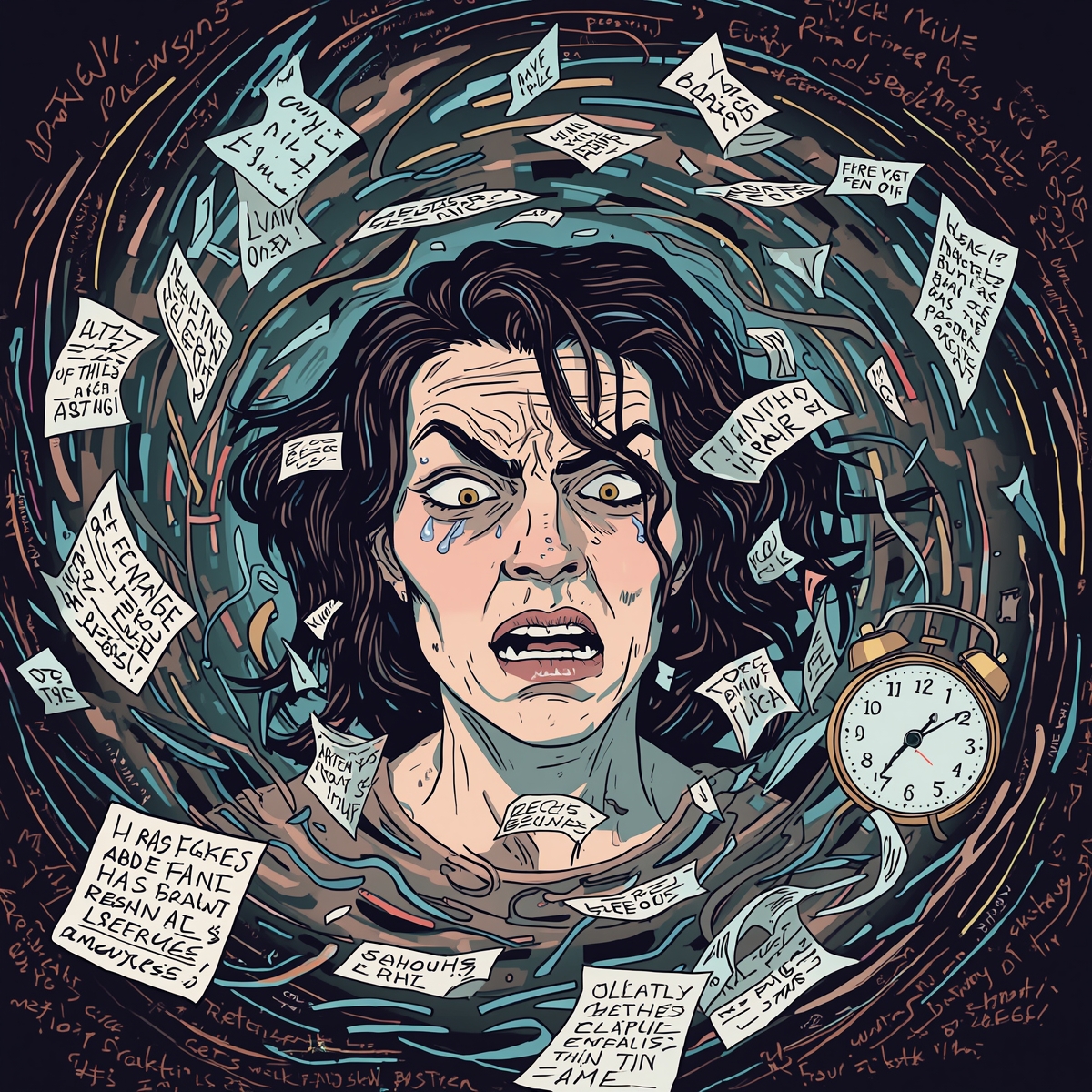A Comprehensive, Practical Guide (Including Emotion of Life’s 16-Step Recovery & Cure Program)
OCD Management and Recovery, Obsessive–Compulsive Disorder (OCD) is a common and often deeply disabling mental health condition. It shows up as persistent intrusive thoughts (obsessions) and/or repetitive behaviours or mental rituals (compulsions) that a person feels driven to perform to reduce anxiety. Left untreated, OCD can consume hours of daily life, damage relationships, block careers, and erode self-confidence. The good news: evidence-based psychological treatments can produce dramatic, durable recovery and Emotion of Life (an OCD specialist clinic led by Shyam Gupta and Pratibha Gupta) has developed a structured, reproducible 16-step program that has helped hundreds of clients reach full recovery without relying on medication. nhs.uk+1
This article explains OCD management from first contact through to the “cured” state, integrating Emotion of Life’s program (the 16-step OCD Recovery & Cure Program), scientific principles (CBT + ERP), family involvement and wellness elements, plus real success stories and client reviews from Emotion of Life’s published material. Wherever possible I’ll cite source pages for readers who want to dig deeper. emotionoflife.in+1
What works for OCD (evidence snapshot)
- The gold-standard psychological approach for OCD is Cognitive Behavioural Therapy (CBT) with Exposure and Response Prevention (ERP). ERP deliberately exposes a person to triggers and prevents the ritual response, allowing anxiety to naturally fall. This retrains the brain away from compulsive problem-solving. Many guidelines and large clinics use CBT+ERP as first-line therapy.
- Emotion of Life packages CBT+ERP inside a holistic model that adds psychoeducation, daily structured practice, wellness coaching, caregiver training, and long-term follow-up — in a reproducible 16-step pathway designed for online and onsite delivery. emotionoflife.in+1
The Emotion of Life approach — core philosophy
Emotion of Life (EoL) is an OCD specialist service founded and run by experienced clinicians who believe “OCD cure is possible without medicine” for many clients when therapy is delivered intensively and systematically. The key pillars of their approach are:
- Evidence-based core: CBT + ERP as foundation.
- Structured progression: a 16-step, milestone-driven recovery path.
- Daily practice & monitoring: brief, repeated ERP exposures every day rather than once-weekly only.
- Family/ caregiver involvement: psychoeducation and behaviour changes around the client’s environment.
- Wellness & lifestyle: sleep, diet, exercise and stress-management as adjuncts.
- Follow-up & consolidation: extended monitoring after remission to prevent relapse. emotionoflife.in+1
This model blends rigorous therapy with practical, day-to-day skills that people can use in real life. Emotion of Life offers this program both online (global reach) and onsite (Agra, India), reporting large numbers of recovered clients from India and overseas. emotionoflife.in+1
The 16-Step OCD Recovery & Cure Program — step-by-step
Emotion of Life’s program is explicitly structured into 16 steps that take a client from intake to follow-up and final “cured” declaration. The steps are designed to be cumulative each step prepares the client for the next. Below is an integrated, reader-friendly description of the 16 steps (synthesised from Emotion of Life materials and presentations). Where Emotion of Life provides specific language or sequence, I have noted it; otherwise this is a concise, plain-English expansion so readers can understand what each step involves. emotionoflife.in+1
- Initial discussion (phone) A short 5–10 minute call to explore the problem, check motivation and discuss logistics (costs, schedules, online/onsite preference). Emotion of Life offers this free initial discussion to assess fit. emotionoflife.in+1
- Detailed video consultation & needs assessment A first full assessment by the therapist (history, symptom types, onset, severity, previous treatments). This identifies subtype(s) contamination, checking, harm, sexual intrusive thoughts, somatic/sensorimotor, relationship OCD (ROCD), etc. emotionoflife.in
- Comprehensive psychological assessment Formal questionnaires, symptom mapping and trigger identification. Baseline measures are recorded so progress is measurable. emotionoflife.in
- Problem statement & scope of work The therapist develops a clear scope of intervention: what to target first, measurable goals, caregiver roles, expected timeframe and homework expectations. www.slideshare.net
- Therapy foundation course (therapy preparedness) First 4–6 sessions focus on psychoeducation, building therapy readiness, success mantras, cognitive restructuring basics (how thoughts and behaviours keep OCD alive) and safety planning. This ensures the client understands ERP and feels supported to start exposures. emotionoflife.in
- Written consent & commitment A formal consent to the OCD Recovery & Cure Program clarifying daily ERP practice, caregiver involvement, progress reviews, and data privacy. This strengthens commitment and clarifies expectations. www.slideshare.net
- Daily ERP plan & exposure scheduling A practical daily schedule of exposures (what to do, when, and how long). Emotion of Life emphasizes repeated short ERP sessions across each day rather than relying solely on once-weekly therapy. The therapist coaches precise steps for exposures and response prevention. emotionoflife.in
- Monitoring & evaluation framework After about 2 weeks, the clinician reviews progress using the baseline metrics; the plan is adjusted (intensity, triggers, homework). Progress is tracked weekly. emotionoflife.in
- Family & caregiver psychoeducation Sessions for carers to change enabling behaviours (reducing accommodation), learn how to support exposures, and manage their own anxieties. Family involvement is essential in many cultural settings and speeds recovery. emotionoflife.in
- Skill consolidation (mid-phase) Focused work on cognitive restructuring, relapse prevention thinking, and dealing with “stuck points” (e.g., magical thinking or certainty seeking). At this stage clients learn to apply ERP independently. www.slideshare.net
- Advanced ERP & blocking mental rituals Many clients experience mental compulsions (counting, neutralising thoughts). This step specifically targets mental rituals using tailored ERP strategies. emotionoflife.in
- Lifestyle & wellness coaching Sleep, exercise, nutrition, mindfulness, and stress management are introduced to stabilise mood and improve emotional resilience. These supports make ERP more tolerable and sustainable. emotionoflife.in
- Functional re-integration Returning to normal activities work, socialising, relationships with graded exposure tasks to ensure gains transfer to real life. This reduces avoidance and reinforces recovery. emotionoflife.in
- Relapse prevention & final goal review A structured relapse prevention plan is written, including early warning signs, coping strategies, and a maintenance schedule. Objective goals (e.g., time spent on rituals reduced by X%, or specific exposures completed) are reviewed. www.slideshare.net
- Six-month weekly follow-up consolidation Emotion of Life recommends weekly follow-ups (often on weekends) for about six months after the active phase to ensure stability and consolidate gains. These follow-ups track setbacks and support sustainable habits. (Documents describing the program cite a 6-month follow-up period as central to declaring a cured state.) Scribd
- Final declaration of ‘cured’ state After maintaining recovery during the consolidation period, the team and client review outcomes and when criteria are met the clinician declares the client recovered/cured, with a maintenance plan in place. While no practitioner can promise zero chance of future symptoms forever, this staged approach aims for durable remission and self-management skills. Scribd
Summary: The program is intensive, daily, and structured. Severity and subtype determine pace typical total active treatment is often 4–6 months with daily ERP, followed by 6 months of follow-up for consolidation. Emotion of Life reports many clients reach full recovery using this pathway. emotionoflife.in+1
Practical day-to-day components of management (what a client actually does)
Below are the practical tasks a client is taught and practices within the 16 steps:
- Psychoeducation: learn what OCD is, why rituals maintain it, and how ERP works. www.slideshare.net
- Symptom mapping: list triggers and rate anxiety on a 0–10 scale to build exposure hierarchies. emotionoflife.in
- Daily short ERP sessions: deliberately provoke triggers and resist rituals for gradually increasing periods. These are short but repeatable touch a “contaminated” surface and wait 5–10 minutes without washing; repeat across the day. emotionoflife.in
- Blocking mental rituals: learn to tolerate intrusive thoughts without neutralising them, practice mindfulness and thought-labeling. emotionoflife.in
- Behavioural experiments: test feared consequences (the feared result rarely occurs), which corrects erroneous beliefs. nhs.uk
- Family training: caregivers stop reassuring or assisting rituals and instead support exposures. emotionoflife.in
- Maintenance & self-help tools: relapse action plan, coping statements, and scheduled booster sessions. Scribd
How long does recovery take?
Duration depends on subtype and severity. Emotion of Life indicates that many clients complete the active recovery phase in about 4–6 months with daily practice, then undertake 6 months of weekly follow-up to consolidate gains meaning a typical full pathway to “cure” is often in the 6–12 month window for moderate to severe cases, though milder cases may recover faster. This aligns with clinical experience: greater intensity and adherence yield faster, more stable recovery. emotionoflife.in+1
Five real success stories (published by Emotion of Life)
Emotion of Life publishes many client success stories on their website. Below are five representative stories, summarised in the clients’ own identified forms from the clinic pages (names and themes are as shown on the website). For full narratives and quotes, see the source success-story page. emotionoflife.in+1
- Fiona (Bengaluru) Complex presentation including bladder OCD, sensorimotor OCD, ROCD and panic attacks. Fiona completed a 4-month CBT+ERP program and reportedly improved ~95% on core symptoms, moving from chronic dysfunction to restored daily functioning. emotionoflife.in
- Pankaj (Ghaziabad) Severe contamination OCD that dominated daily life during COVID. After structured treatment beginning October 2020, he reports life-changing gains and significant reduction in compulsive cleaning and avoidance. emotionoflife.in
- Parul (Mumbai) Chronic contamination OCD that escalated during the pandemic; treatment focused on graded ERP and caregiver work to restore normal routines. emotionoflife.in
- Neeraj (Mumbai) Longstanding OCD (17 years) with intrusive thoughts about “becoming insane” and worry about developing schizophrenia. After Emotion of Life’s program he experienced major improvement in relationships and daily functioning. emotionoflife.in
- Mamtha (Chennai) Multiple OCD themes (contamination, religious scrupulosity, checking, harm, intrusive thoughts, counting). With a structured program she regained control and quality of life. emotionoflife.in
These stories illustrate that even complex, multi-theme or long-standing OCD can respond well to an intensive, structured program combining ERP, cognitive work and family involvement. For full case details and client quotes, visit Emotion of Life’s success stories page. emotionoflife.in
Client reviews & testimonials (from Emotion of Life pages and local listings)
Emotion of Life publishes client testimonials and external review pages (e.g., JustDial). Short paraphrased examples:
- Long-standing harm OCD relieved A client who had 20 years of harm OCD reported that psychiatric medications had not helped and credited Emotion of Life (Shyam Gupta) with real recovery after the program. emotionoflife.in
- Improvement from staring OCD A client with staring OCD and low mood reported about 20% improvement after one month (25 sessions); the testimonial emphasises therapist competence and commitment to full recovery. emotionoflife.in
- Deep relief after years of struggle Several reviews describe dramatic life changes: reduced rituals, restored relationships, improved work functioning, and enhanced hope. These are published on the site’s review/testimonial page. emotionoflife.in
- Local ratings Listing services (JustDial) show Emotion of Life with strong average ratings (e.g., 4.6/5 from many reviewers), reflecting positive client experience in Agra and beyond. Justdial
- International reach testimonials — Some clients from overseas (Singapore, UK, USA) are reported to have completed online programs and reached recovery, showing the program’s adaptability to remote delivery. emotionoflife.in+1
(If you’d like, I can extract and reproduce five exact testimonials verbatim from the Emotion of Life site I’ve summarised them here to keep the article flowing; I can include direct quotation blocks next if you prefer.) emotionoflife.in+1
Common challenges and how the program handles them
- Severe avoidance or safety behaviours: The program begins with careful preparation and then graded in-vivo ERP. Family training reduces accommodation. emotionoflife.in
- Mental rituals (invisible compulsions): Specific techniques taught to block neutralising thoughts, with practice and therapist feedback. emotionoflife.in
- Low motivation / fear of exposures: Therapy-readiness sessions, motivational interviewing, and success mantras in the foundation course build commitment. emotionoflife.in
- Relapse risk after improvement: Six months of weekly follow-up and a documented relapse prevention plan reduce risk and reinforce self-management. Scribd
How family / caregivers can help (practical dos and don’ts)
Do:
- Learn about OCD and ERP (psychoeducation sessions). emotionoflife.in
- Encourage exposures and praise effort (not outcomes). emotionoflife.in
- Keep the environment predictable and supportive. emotionoflife.in
Don’t:
- Provide reassurance that “proves” safety (this reinforces rituals). emotionoflife.in
- Participate in or enable compulsive behaviours. emotionoflife.in
Emotion of Life provides targeted family sessions inside the 16 steps to implement these changes practically. emotionoflife.in
Evidence, safety and when medication matters
While CBT+ERP is first-line for most people, medication (SSRIs) can still be necessary or helpful for some clients especially where OCD is very severe, co-morbid with significant depression, or where risk of self-harm exists. Emotion of Life’s model emphasises non-medication recovery but does not dogmatically forbid medication; clinical judgment is essential. If you’re already on medication, discuss with your treating psychiatrist and therapist.
FAQ
Q: Can OCD be cured permanently?
A: Many clients achieve long-term remission and functional cure with intensive CBT+ERP and good follow-up. “Permanent” is a cautious word in mental health — relapse risk exists for anyone but a structured program with consolidation (like Emotion of Life’s) greatly reduces relapse and builds self-management skills. Scribd
Q: Is online ERP effective?
A: Yes when delivered by experienced therapists, online CBT+ERP can be highly effective and is widely used by Emotion of Life for global clients. emotionoflife.in
Q: How long before I feel better?
A: Some clients notice measurable relief within weeks, but the recommended active program is commonly 4–6 months (daily practice), followed by 6 months consolidation. Progress speed depends on subtype, severity and adherence. emotionoflife.in
Conclusion on OCD Management and Recovery: realistic hope and next steps
If you or a loved one is trapped in rituals, intrusive thoughts, or hours of compulsive checking, remember: OCD is treatable. Recovery requires a plan, daily practice, and supportive guidance and structured programs that combine ERP with psychoeducation, family work and follow-up deliver the best outcomes. Emotion of Life’s 16-step OCD Recovery & Cure Program is one such reproducible model that integrates clinical rigour with practical, culturally-sensitive delivery (online and onsite) and their published client stories and testimonials show powerful, real-world results
Contact: Email: info@emotionoflife.in
Phone/WhatsApp: 9368503416 Call for Initial Discussion
Emotion of Life — OCD Treatment, Research & Training Institute. Lead Specialists: Shyam Gupta & Pratibha Gupta. We treat 70+ OCD subtypes and specialize in complex, chronic, and treatment-resistant cases. Non-medication recovery using CBT, ERP, and holistic wellness integration.
Book Now | Review | OCD Types | Our Experts | Success Stories| Contact Us| MyPsychologist
